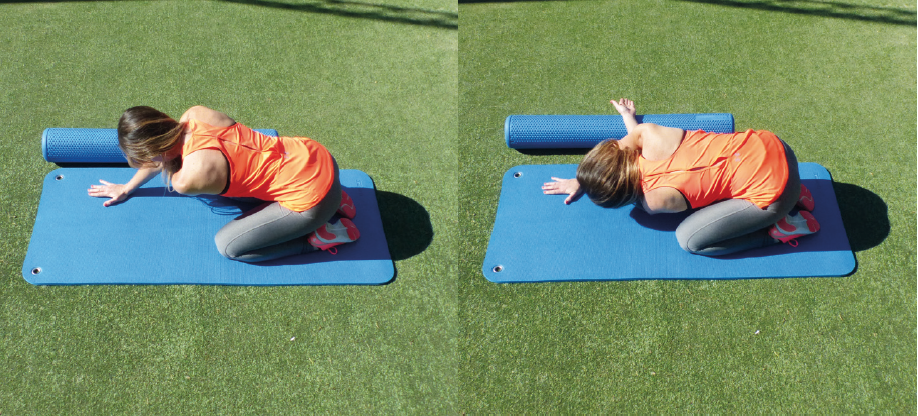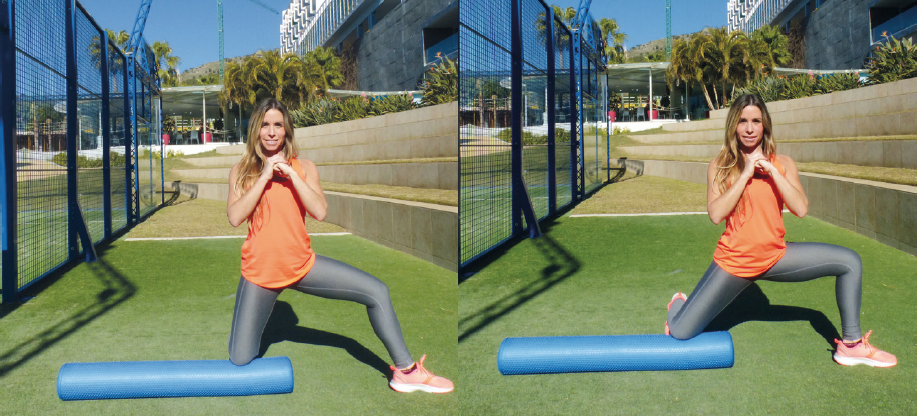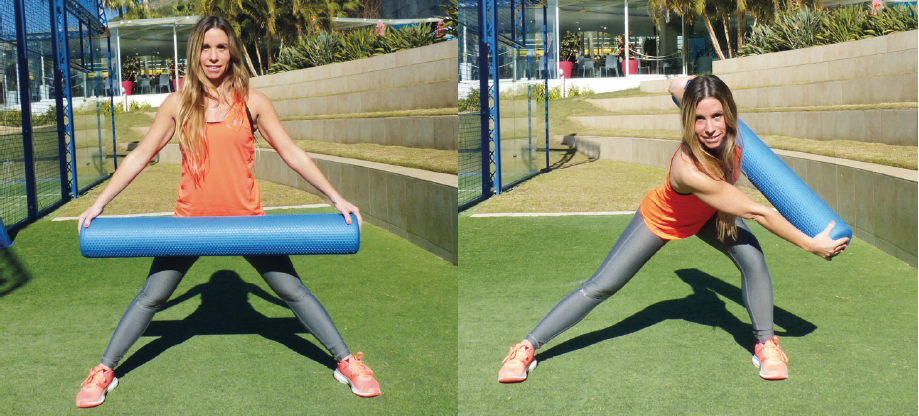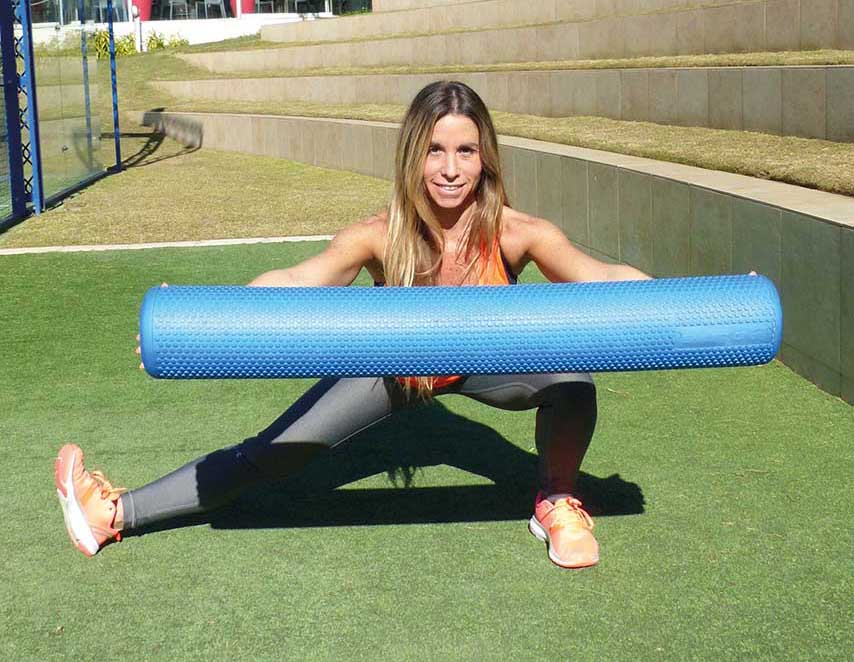In the previous issue we talked about the importance of ensuring correct balance in order to achieve a powerful swing. There is, however, another key element: mobility. We could say that, if one of these fails, it will be hard for you to achieve a powerful and effective swing.
Mobility is a combination of the degree of joint movement and muscle flexibility. This is necessary, not only to ensure correct body mechanics, but also to avoid injury.
Mobility enables us to generate “elastic energy”, and therefore establish a key basis for generating power.
Let’s look at this example... lack of movement in the thoracic column (typical for golfers with the posture in C) could result in a loss of spinal rotation, which in turn would limit your ability to complete a correct turn on the backswing and, consequently, achieve an effective swing. As our body functions like a system of connections, players with this kind of restriction tend to suffer discomfort and even injury in the lower back, because they are forced to “sacrifice” this area, causing movement (when in reality it should be a very stable area) due to a lack of mobility in such adjacent structures as the thoracic column and hips.
Finally, we should appreciate the fact that reduced mobility could alter the “kinetic sequence”, which is indispensable in order to achieve a consistent and powerful swing.
Here are some exercises to follow... (*Remember that they should be selected by a professional, in accordance with each golfer’s individual aspects.)

Exercise 1: "Thoracic column rotation" (all levels)
Sit on your heels with one hand resting on the mat (extended arm) and the other on the Foam, extended away as much as possible, without changing the position of your pelvis, and accompany this rotation of the torso with your head. Exhale when rotating.

Exercise 2: "External and internal hip rotation" (all levels)
Place one knee on the Foam (front of the foot well supported on the floor) and another foot on the floor and parallel to the Foam; from that position move laterally towards your leg resting on the ground while maintaining your torso and pelvis in front of you, then return to your starting position.

• Exercise 3 "Side squat + upper body rotation" (intermediate and advanced level)
From a standing position with the Foam in both hands, perform a lateral squat and at the same time an upper body rotation to the side of the bending leg, keeping your head out front.
• Exercise 4: "Deep lateral squat" (advanced level)
From a standing position with the Foam in both hands at chest height, perform a lateral squat keeping the Foam and the head out to the front. One foot (flexion) fully supported, while the other (adduction) only supporting the heel.




